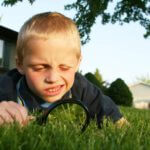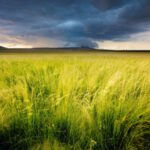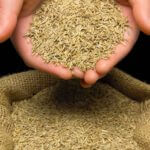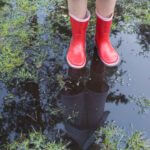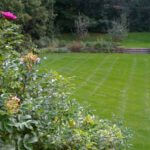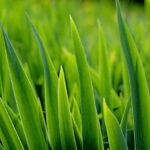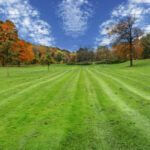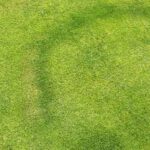Visible Clues to Insects
Knowing your local pests and their life cycles is the key to determining whether lawn damage is due to insects. The rest is a matter of keeping your eyes open. Most insects are large enough to be visible, so do not wait for your grass to start dying to find out there is a problem. Read more…

